By John J. Domagalski
Admiral Ernest J. King wanted the battle for Guadalcanal to be over. There were additional objectives for the United States to pursue in the South Pacific and by the middle of January 1943 he was becoming impatient. Two months had passed since the United States defeated the Japanese in the dramatic Naval Battle of Guadalcanal breaking a stalemate in the Solomon Islands. Although American forces were now slowly gaining control of the embattled island, there was no sign the enemy was about to give up the fight.
King, the irascible American Chief of Naval Operations, sent a terse note to his subordinate commanders in the Pacific. “It now appears that campaign continues in current status of delay, linger, and wait,” King wrote in frustration. The end of the battle seemed nowhere in sight.
Struggle for the “Canal”
The long and perilous Guadalcanal Campaign began with the landing of American Marines on the island on August 7, 1942. The landing was the first large-scale American amphibious operation of the war and the initial offensive move in the Pacific following the great carrier victory at Midway. The invasion was designed to halt the Japanese advance in the South Pacific towards Australia.
The Americans were dealt a stinging and costly setback on August 9, just two days after the landing, when a force of Japanese warships launched a surprise night attack on U.S. shipping near the landing zone. Four Allied heavy cruisers were sunk in what became known as the “Battle of Savo Island.”
The overall operation, however, continued with the campaign evolving into a bitter struggle. The southern portion of the Solomon Islands were engulfed in a series of land, sea, and air battles as both sides moved additional troops onto Guadalcanal.
The Imperial Japanese Navy initially brought reinforcements to the island using convoys of transport ships. Rival naval units clashed regularly in Iron Bottom Sound, a narrow body of water between Guadalcanal and the nearby islands of Tulagi and Savo, as American patrols attempted to thwart Japanese supply operations.
The Japanese later shifted tactics to moving soldiers and supplies under the cover of darkness using fast destroyers operating from bases further north. The warships had to transverse a narrow body of water in the Central Solomons, flanked by islands on both sides, known as the “Slot.” The Americans dubbed the nightly supply runs the “Tokyo Express.”
The critical turning point of the campaign came in November 1942. The battle was virtually stalemated on land. Repeated Japanese attacks were unable to take control of the single crucial airbase on Guadalcanal—Henderson Field—and American forces were not able to dislodge the enemy from the island. The newly appointed American naval commander for the South Pacific area, Admiral William F. “Bull” Halsey, was ready for a fight.
A Japanese plan to reinforce their garrison with an entire division of soldiers, loaded into 11 transports, included support and cover from the Combined Imperial Fleet. The large operation relied on heavy naval units to disable Henderson Field with a strong bombardment to help pave the way for the safe arrival of the transports.
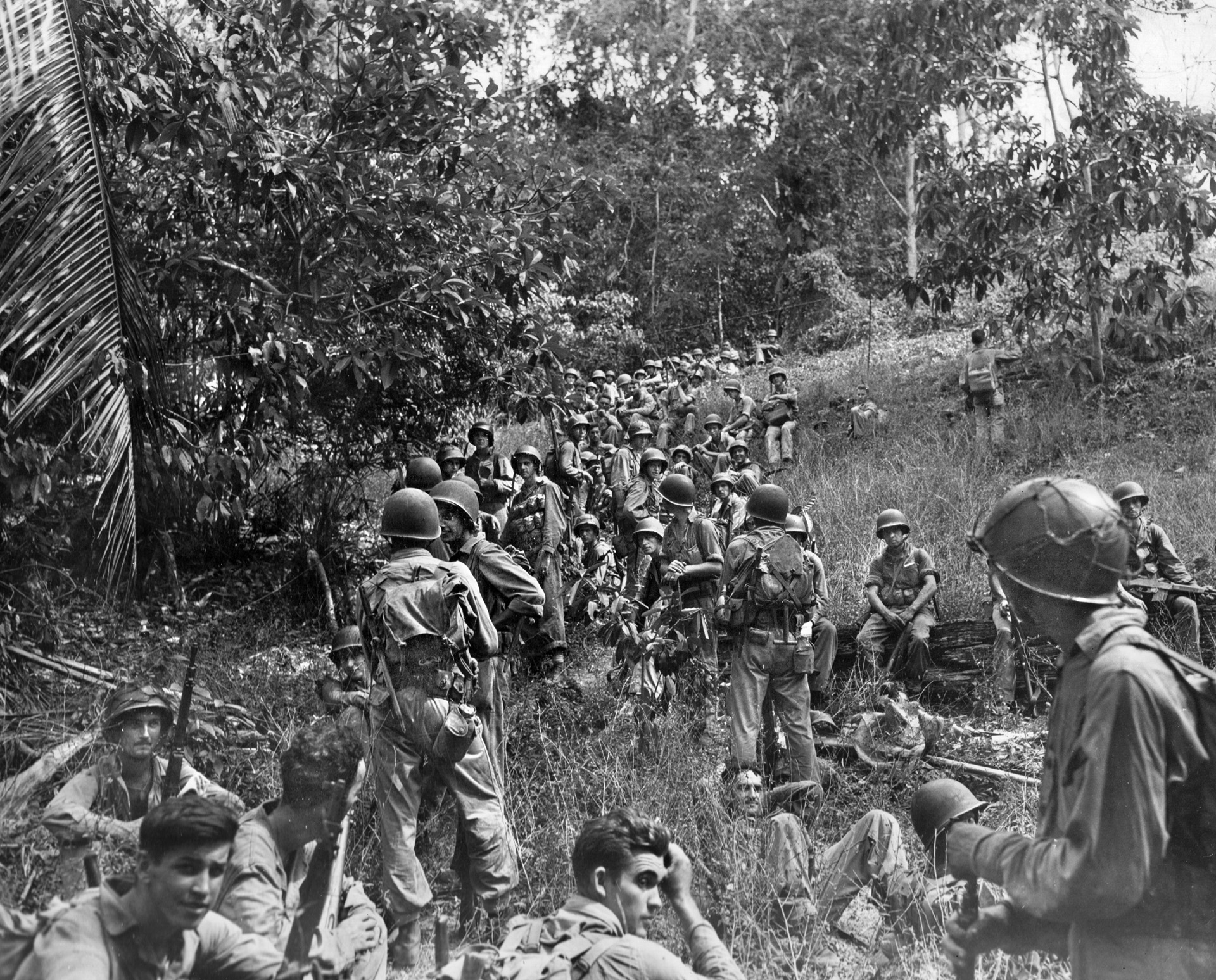
A series of fierce naval and air battles followed spanning November 12-15, 1942, in what collectively became known as the “Naval Battle of Guadalcanal.” The Japanese Navy suffered heavy losses in two furious night battles.
The Japanese transports fared even worse, with only four of the vessels arriving to the shores of the island. These came under withering air attacks after beaching. Just a token of enemy soldiers, estimated to be about 2,000 in number, made it ashore from the burning transports. The Japanese hope for breaking the stalemated campaign in their favor ended with the failed operation. An American convoy safely delivered reinforcements during the same timeframe.
The momentum in the campaign clearly favored the United States as 1942 entered its final month. American naval and air forces generally controlled the sea and air around Guadalcanal, especially during the daytime hours. The Japanese attempts to resupply their garrison via the Tokyo Express continued, although on a much smaller scale than during the previous months. Some of the supply runs were disrupted by American surface ships, such as during the Battle of Tassafaronga on November 30, and by PT boats in early December.
The Japanese effort soon expanded to using submarines, but the enemy quickly found the undersea boats carried an inadequate amount of supplies to make much of a difference. The use of the submarines was reduced after one was sunk off the northwestern end of Guadalcanal by PT boats during a night ambush in early December.
American naval intelligence staffers at Pearl Harbor completed an assessment of the Guadalcanal situation on December 7, 1942. “As there are insufficient enemy troops there to drive out the Marines, the enemy must (1) be reinforced heavily, (2) surrender, (3) starve,” the report concluded. “The latter seems probable as long as we retain local command of the sea.”
The analysts also cautioned additional enemy offensive moves against Guadalcanal were still possible. American field commanders were aware that surrender was outside of the likely realm of Japanese thinking. The enemy still maintained strong naval and air forces in the region and had been aggressive during past operations around Guadalcanal.
Additionally, the construction of new airfields on Japanese-held islands less than 200 miles north of Guadalcanal—especially at Munda on the island of New Georgia—gave credence to the possibility of more attacks in the near future.
The beginning of 1943 brought no change in the American position. Various intelligence reports in January cited increased activity around the large Japanese naval and air base at Rabaul on the island of New Britain, movements of various naval units in the region, and the completion of a new air base at Munda—all suggesting an enemy offensive operation was near.
One report from the Office of Naval Intelligence issued late in the month ominously warned “various indications lead to conclusions that period of considerable consolidation and re-alignment completed and that pre-operational phase is now in progress.”
It appeared another big naval battle was in the making during late January 1943. Such was the concern that a cautious Admiral Halsey put five naval task forces to sea during the last days of the month in an effort to ensure the safe arrival of a convoy of U.S. Army reinforcements to Guadalcanal.
No sea battle took place and the troops were delivered without incident. The heavy cruiser Chicago, however, was sunk by Japanese planes south of Guadalcanal near Rennell Island on January 30, 1943.
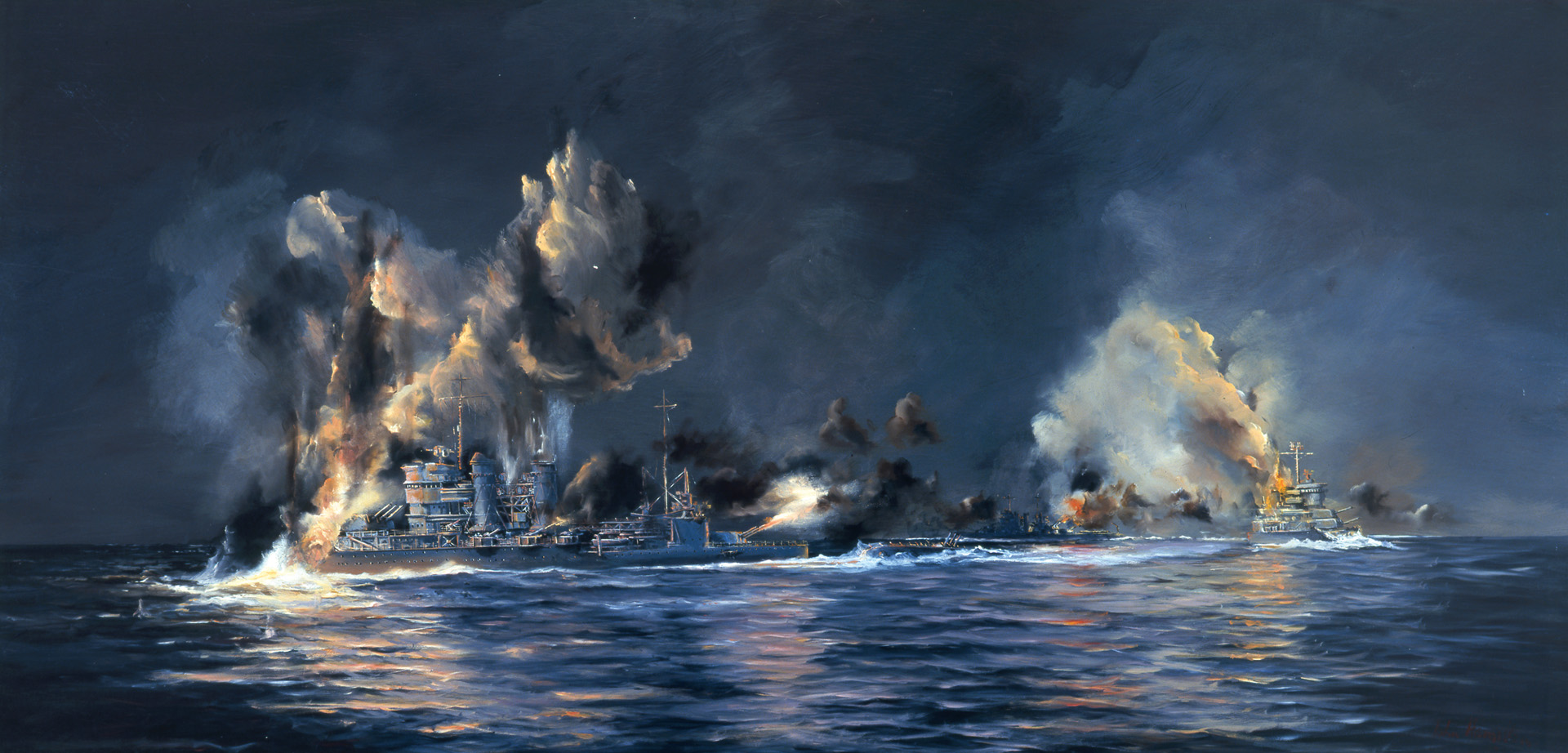
Change of Strategy
The loss of the big November sea battle, and the subsequent reduction of supply deliveries to a trickle, had grave consequences for the Japanese soldiers on Guadalcanal. Large numbers were starving, weak, and wracked by a variety of tropical diseases such as malaria. Medical supplies were nearly exhausted. Many of the approximately 25,000 troops on the island were unfit for fighting.
At the same time, the Americans were able to deliver more fresh troops, relieving the weary Marines who had been fighting for months. The number of American soldiers on Guadalcanal eventually topped 40,000 by early January 1943.
While American intelligence officials were trying to assess enemy intentions, the Japanese were making a major shift in strategy. Scores of Japanese ships and planes had been destroyed in the effort to resupply Guadalcanal—the staggering losses were occurring at an unsustainable rate.
There were growing doubts in the highest level of the Japanese military leadership that the effort could be continued. Many leading Japanese officers were now calling Guadalcanal the “Island of Death.” Officers dispatched on fact-finding missions brought back the sobering realities of how bad the situation was on the ground.
War gaming by generals and admirals failed to produce a scenario where the Japanese could win the campaign owing to the stubborn Americans maintaining local control of the air.
After a series of squabbles between Japanese Army leaders, who wanted to stay and fight, and top IJN commanders who favored a withdrawal, the services united in agreement against continuing the Guadalcanal struggle. A higher priority was placed on New Guinea, where forces under American General Douglas MacArthur were advancing on the western side of the island.
The move was approved by Japanese Emperor Hirohito on the last day of December 1942 and made official less than a week later. Planning now shifted to how to remove the soldiers still on the island.
The evacuation mission assumed the name Operation KE, and a detailed plan was finalized in early January. The remaining soldiers on Guadalcanal were to be taken off in a series of three Tokyo Express runs during the first part of February, with the voyages emanating from Shortland Harbor off the southern tip of Bougainville; 22 destroyers were assigned to the operation.
Additional sea support, in the form of the heavy cruisers Chokai and Kumano and the light cruiser Sendai, was on standby at New Ireland should more firepower become necessary. Air units were built up in anticipation of the need to establish local air control during the evacuation missions and to neutralize Henderson Field.
The Japanese had indeed been planning another offensive in the Solomons right up until the reversal of strategy. As a result, deception was a critical component of Operation KE. Combined Fleet Admiral Isoroku Yamamoto made sure there were plenty of happenings to keep American intelligence off balance and hide the true nature of the operation.
Distractions were staged in areas both east and west of the Solomon Islands in the weeks leading up to the start of the operation. An air unit was dispatched to the Marshall Islands, more than 1,000 miles to the northeast, to make it look as if forces were assembling in large numbers. A submarine was sent to bombard Canton Island, almost straight east of Guadalcanal, while the heavy cruiser Tone acted as if she were a larger task force. Japanese planes bombed Darwin, Australia, and radio traffic to the west was increased.
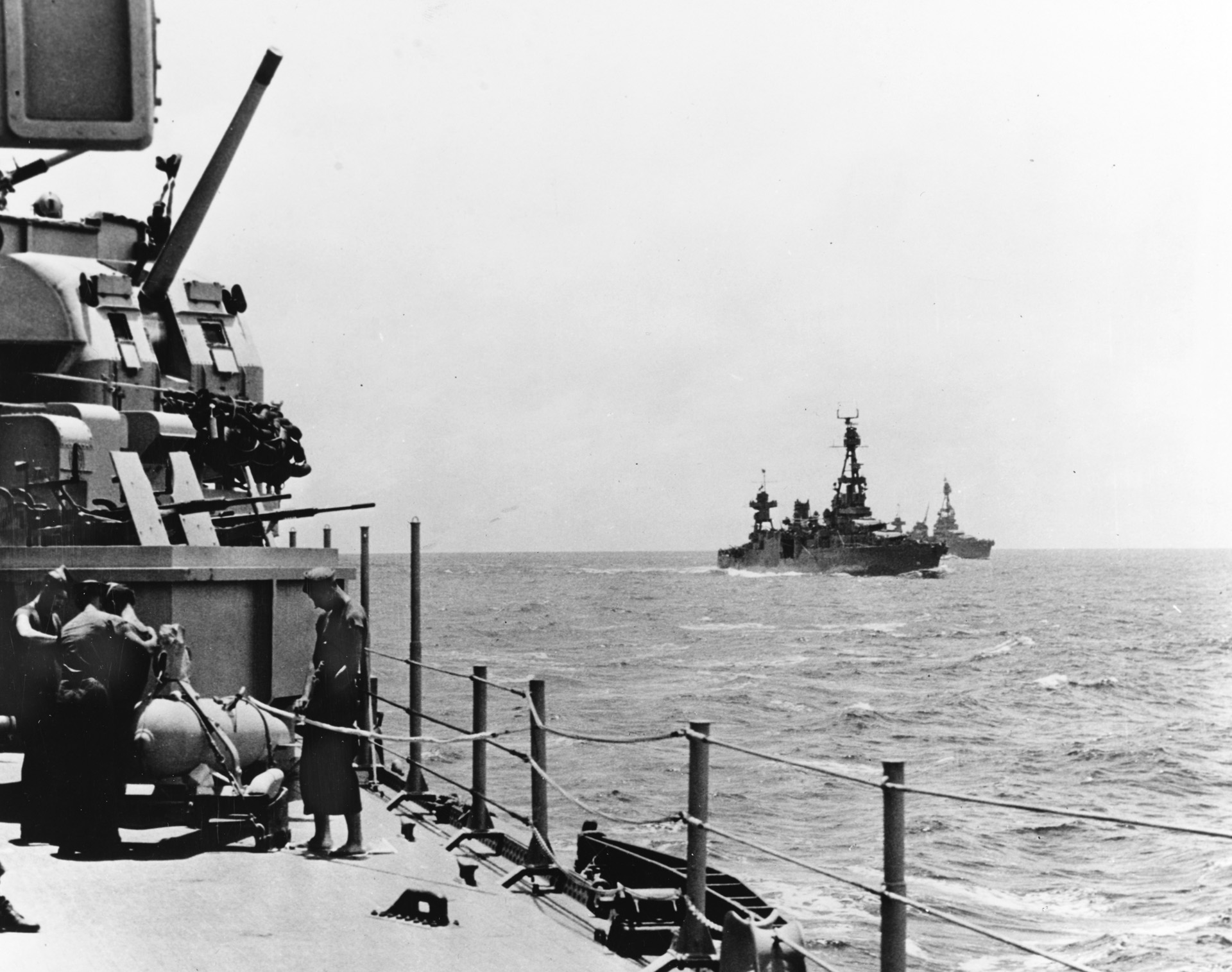
The center of the deception was the movement of heavy fleet units from Truk. A strong force built around two aircraft carriers, two battleships, and four heavy cruisers moved south from the central Pacific base to cruise the waters northeast of the Solomons; American intelligence detected the move within 48 hours. The Japanese carried out similar movements prior to each of the pervious large Guadalcanal offensives.
Japanese signalers changed their ciphers in early January, making it difficult for American intelligence officials to read coded messages in detail. American commanders in the South Pacific had no clear picture of Japanese intentions in early 1943 and were forced to rely on small pieces of intelligence information in making their assumptions. The result, as we have seen, was the belief the Japanese were embarking on another major offensive. The true plan of evacuation was cleverly masked.
Operation KE
The first phase of Operation KE began when a contingent of Japanese destroyers delivered 750 troops near Cape Esperance on the northwestern tip of Guadalcanal on January 14, 1943. The fresh soldiers, under the command of Lt. Col. Kumao Imoto, were to act as a rear guard during the upcoming operation. A temporary base was also set up on the nearby Russell Islands to be used if needed.
Imoto began his journey on foot to the Japanese field headquarters on the morning of January 15. He was to hand deliver the evacuation order to the local commander but was appalled by what he saw. The eastbound trail was littered with sick and dying soldiers, many desperately appealing for food and water. Dead bodies lay unburied at various points adding to the ghastly scene.
The evacuation directive came as a shock to the local army commanders on the island. Imoto quickly silenced the expected objections by proclaiming the orders came directly from Imperial Headquarters with the endorsement of the Emperor. The exhausted Japanese troops, already under pressure from advancing American forces, were to begin a retreat west in preparation for evacuation.
Reconnaissance planes kept a careful watch on American naval activities around Guadalcanal as the final preparations were made for the first evacuation run. Potential threats were attacked by air resulting in the Battle of Rennell Island on January 29-30, where Chicago was lost, and the sinking of the destroyer DeHaven on February 1. The latter was returning from escorting a small convoy of landing craft to the southwest coast of Guadalcanal. She had been mistakenly reported as a cruiser by a Japanese pilot.
American intelligence officials assumed the actions supported their assertion of a pending Japanese offensive. A fresh warning put the timing of the operation at February 3 or 4. The increased shipping activity at Shortland, reported by reconnaissance aircraft, created an additional cause for alarm.
Stung by the loss of two warships in the span of only a few days, Admiral Halsey decided not to deploy his heavy naval units just yet, but rather wait and see what developed. His larger task forces moved south and would not be in position to make a return trip north on short notice. Only aircraft and local naval forces around Guadalcanal were available to interfere with the Japanese plans.
First Evacuation Run
The anchorage at Shortland was a full of activity on during the morning of February 1. The first evacuation voyage began at 11:30 a.m. when 20 destroyers weighed anchor; a morning attack on the harbor area by a small group of B-17 bombers did not hinder the operation. The ships moved out forming two columns as they eased into the Slot with speed gradually increasing to 28 knots.
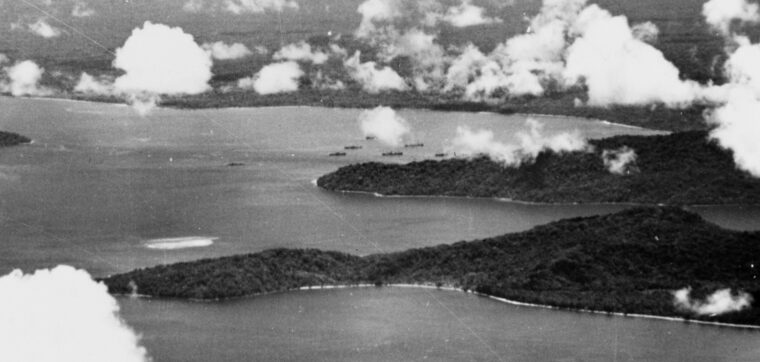
The warships were organized into two groups for separate pick-ups on the western part of Guadalcanal at Cape Esperance and Kamimbo. Each destroyer was designated as either an escort or transport. The former served as sentries to provide protection, while each of the latter towed a daihatsu (large landing craft) that was loaded with an assortment of smaller boats.
Rear Admiral Shintaro Hashimoto, an experienced destroyer commander, was in command of the flotilla. A second Japanese flag officer, Rear Adm. Koyanagi, served under Hashimoto as leader of the transport group. Hashimoto selected the destroyer Makinami as his flagship. The vessel led the entire procession.
Japanese planners made every effort to ensure the safe travel of the convoy. Additional protection came from the air with a flight of Zero fighters arriving to serve as an escort as the destroyer force steamed south through the Slot. A group of seaplanes appeared a short time later to scour the nearby waters for submarines.
It did not take long for the Tokyo Express to be spotted. Early sighting reports flowed into Guadalcanal from coastwatchers on the islands of Choiseul and Vella Lavella. Japanese lookouts spotted a distant American plane in the Slot—thought to be a B-24 bomber—at about 3:15 p.m. Radio operators then listened intently as the aircraft sent out a plain language contact report warning of the advancing foe.
The Americans assumed the Japanese ships to be on another Tokyo Express supply mission. Although the heavy American naval units were too far south to intercept, it did not stop the local area commanders from planning a hot reception for the visitors.
The first line of defense, an offensive mine field, was already in place near the suspected landing zone. Three hundred mines were strung along the Guadalcanal coast starting at Doma Reef and proceeding west part of the way to Cape Esperance. It was the first offensive minefield laid by American ships in the Pacific War.
A destroyer force under the command of Captain Robert Briscoe was also available to help thwart the Japanese mission. The group had been operating in the area for several weeks, but was now down to three ships after the recent loss of DeHaven.
A group of small, fast torpedo boats—known as PT boats—based at Tulagi had been tangling with the Tokyo Express for months and would again be called into action. However, as with many previous Tokyo Express runs, the first weapon to strike was airplanes.
A group of planes from Henderson Field ventured into the Slot to hit Admiral Hashimoto’s force with strong numbers in two waves starting at 6:20 p.m. The attack formation included 31 fighters and 24 bombers. There were 18 Zeros flying combat air patrol when the attackers arrived —enough to put up a stout defense. The group downed four American planes in the ensuing air battle, but were unable stop the attack.
Admiral Hashimoto’s flagship Makinami was the only destroyer damaged in the strike. A near-miss bomb flooded engineering spaces, leaving her dead in the water. Admiral Koyanagi quickly took control of the force, radioing “I shall assume command as of now.” He ordered Fumizuki and Shirayuki to stay behind with the stricken flagship as he continued on with the remaining destroyers. Hashimoto quickly transferred to Shirayuki and set out after the force, eventually catching up. The motionless Makinami was later towed back to Shortland by Fumizuki.
The Japanese soldiers designated for evacuation were completing an arduous journey west on foot through muddy jungles trails as the destroyers sped towards Guadalcanal. Amid confusion and lack of adequate preparation, they arrived at the debarkation points in close approximation to the estimated arrival time of the naval force only to find no ships waiting.
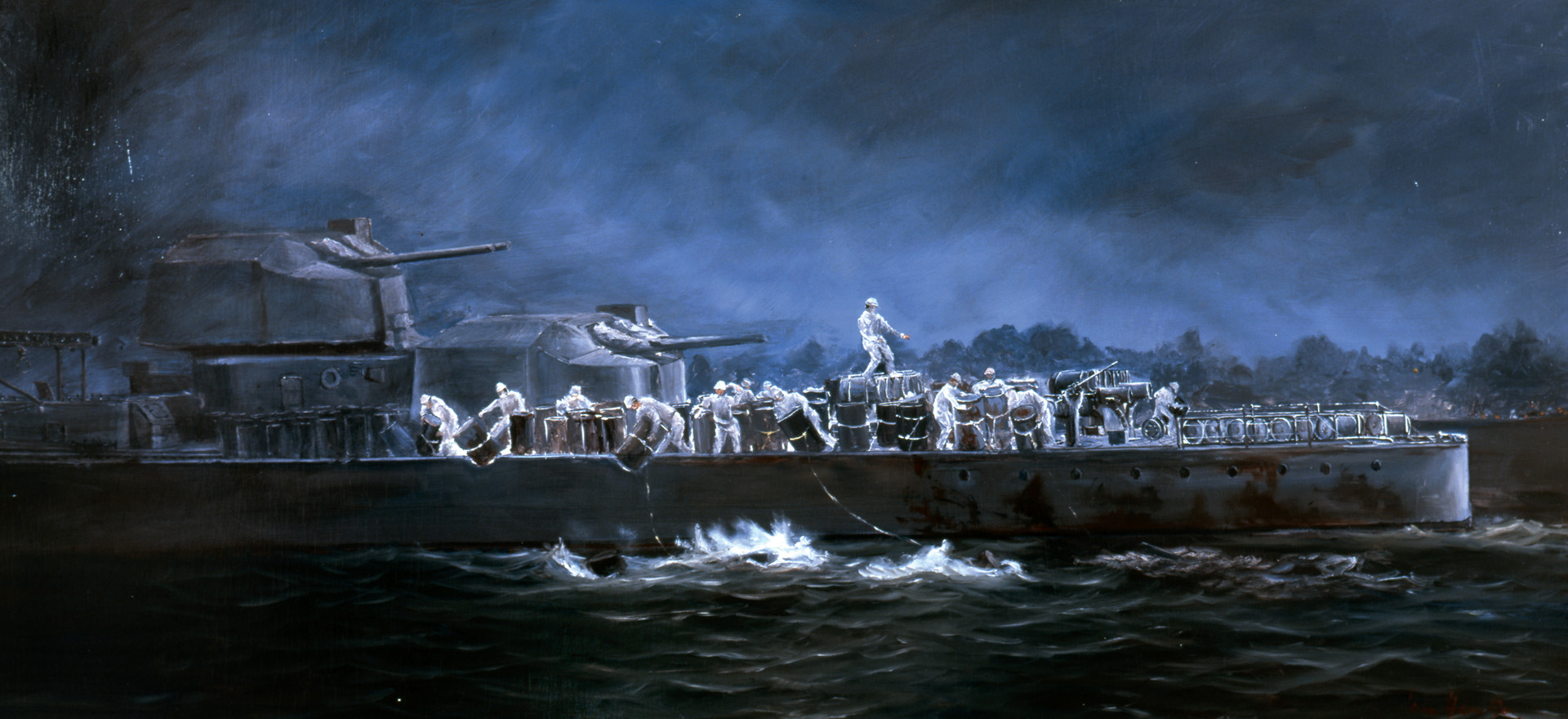
Admiral Koyanagi was forced to delay the pick-up time by a half an hour as a result of the air attack. He directed the screening destroyers to pull ahead to make a cautious sweep of the area as the force began its final approach to Guadalcanal. The destroyers designated for Kamimbo turned away from the main group soon afterwards to operate independently.
American PT boats were the last obstacle standing between the starving, exhausted Japanese troops and their rescue ships. The first sighting report of the enemy force arrived at the Tulagi PT base during the early afternoon of February 1 from the naval commander overseeing the Guadalcanal area. “Coastwatcher reports 20 possible dog dogs [destroyers] five miles north of Vella Lavella course east southeast…”
The ominous report was later updated to 16 destroyers just over 200 miles from Guadalcanal. The number was more destroyers than the PT sailors had encountered during any of their recent battles with the Tokyo Express.
Every operable torpedo boat was called to action. Lieutenant Hugh Robinson was serving as a staff officer at the PT base and wrote a summary report of the battle: “Shortly after dark, the 11 available boats of Motor Torpedo Boat Flotilla One got under way from Tulagi Harbor to take up stations in the Esperance-Savo area for an attack on the enemy force.”
The small craft were made entirely of wood with no amor to protect crewmen. Each was armed with four torpedoes and a small assortment of light guns. The PT boats typically used the cover of darkness to stage close-range torpedo attacks against Japanese ships before relying on speed to escape.
Admiral Koyanagi knew an important key to the success of the mission was for his destroyers to slip into Iron Bottom Sound undetected. The 11 PT boats, none of which were equipped with radar, were divided into five groups and positioned at various key locations. The groups were to close for an attack once the enemy was sighted. The torpedo boats were deployed as follows:
• Two Miles Southeast of Savo Island: PT-39, Lieutenant Henry “Stilly” Taylor; PT-47, Lieutenant Robert Searles.
• Two Miles Southwest of Savo Island: PT-48, Lieutenant (JG) Lester Gamble; PT-111, Lieutenant John Clagett.
• Three Miles Northwest of Visale (Guadalcanal): PT-37, Ensign James Kelly; PT-59, Lieutenant John Searles; PT-115, Ensign Bartholomew Connolly.
• Three Miles South of Savo Island: PT-123, Ensign Ralph Richards; PT-124, Lieutenant Clark Faulkner
• Two Miles North of Doma Reef: PT-36, Lieutenant Charles Tilden; PT-109, Lieutenant Rollin Westholm
Captain Briscoe was also hoping to participate in the battle. He was certain the enemy was expecting PT boats, but believed the presence of American destroyers in the area would come as a complete surprise. He accordingly positioned his three warships west of Guadalcanal and hoped to launch an attack at the opportune time.
The night began with clear conditions allowing for good visibility. The weather would help both sides in the coming battle—aiding the PT sailors in locating the enemy destroyers, but also assisting Japanese planes to find the torpedo boats.
Two Zero floatplanes operating from Shortland were patrolling Iron Bottom Sound in support of the operation. The Japanese found seaplanes armed with small bombs to be very effective in combatting the torpedo boats, whose phosphorescent wakes were highly visible from above.
Additional Japanese planes were operating in the Guadalcanal area, with some designated to attack Henderson Field. Intermitted rain squalls developed as the night progressed, partially obscuring some visibility.
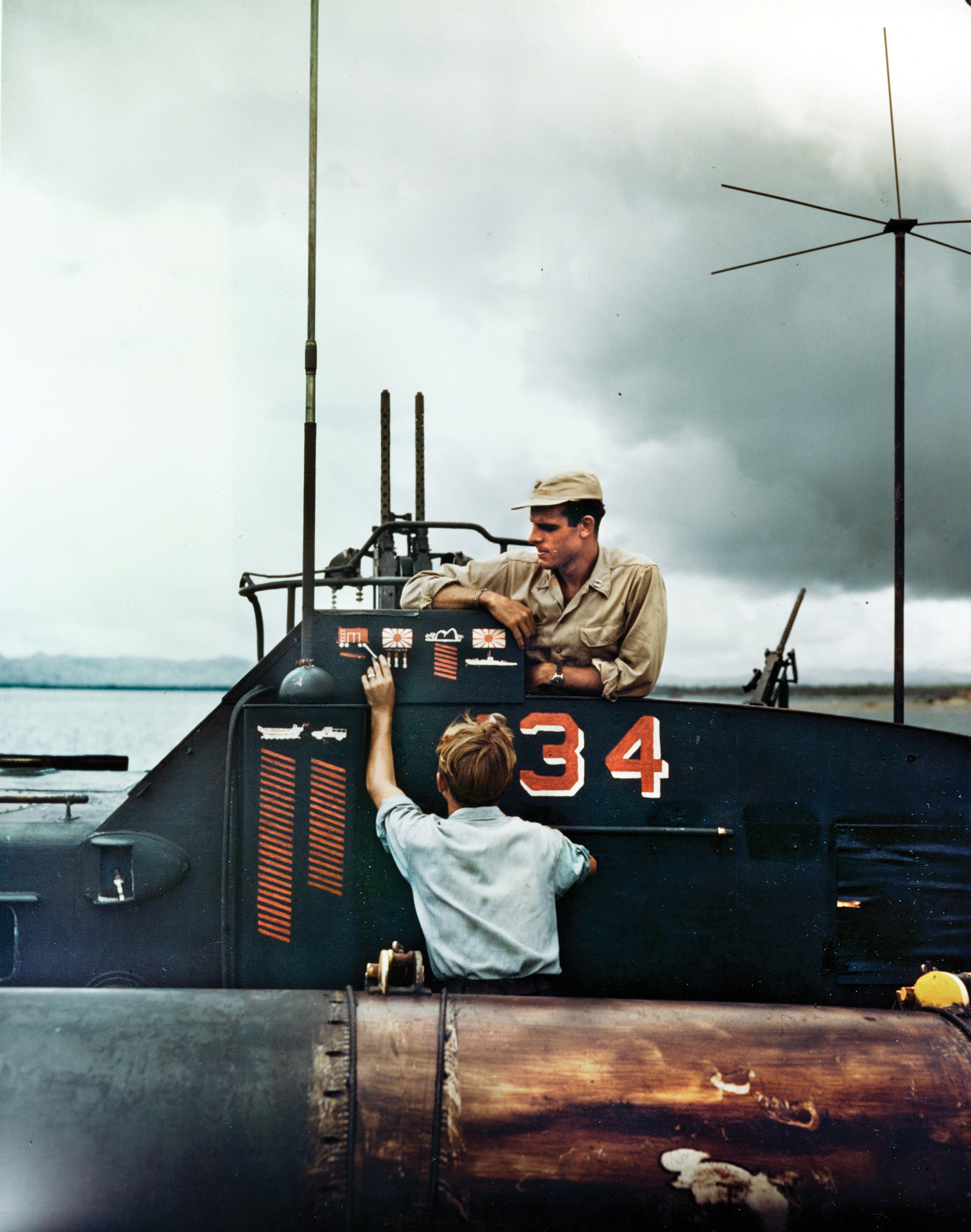
Some of the torpedo boats came under attack from the air even before they could reach their assigned patrol station. John Clagett and Lester Gamble saw the first of three flares explode over Iron Bottom Sound at about 7:30 p.m. The third illuminated Gamble’s PT-48 just enough for it to be strafed by a seaplane.
“[Gamble] returned fire with his .50-caliber machine guns, but both gunners missed astern of the plane,” Robinson later reported. About two hours later a large bomb suddenly exploded in the water about 200 yards from the boats. Each PT was shaken and jarred, but did not sustain any significant damage.
Clagett slowed PT-111 to idling speed after arriving in the assigned patrol area about two miles southwest of Savo Island; PT-48 was positioned about 200 yards off his starboard quarter. The pair became the first PTs to find the enemy warships at about 10:40 p.m. when Clagett sighted a destroyer about three miles east of Cape Esperance on a southeast heading. At almost the same time, Gamble saw two destroyers moving southwest about two miles west of Savo Island. Each skipper conned his boat to attack the target they had sighted.
Hugh Robinson continued the story in his battle report starting with the attack by PT-48. “Gamble closed to 900 yards range on the lead destroyer in column and fired his two after torpedoes. Both missed astern,” he wrote. The boat unleashed her two remaining torpedoes at the same target just as the destroyer opened fire. “It is believed that the first torpedo tracks were not observed by the enemy ships. The second torpedoes were heading well and Gamble watched them run for a few seconds,” Robinson explained.
The enemy’s five-inch main battery guns could destroy a PT boat with one hit. A pair of salvos from one of the destroyers splashed dangerously close to Gamble’s boat just after he launched the torpedoes, with one falling short and the other passing over. He made a hard right turn and increased speed while laying a smoke screen to conceal his departure. The boat captain did not see if his torpedoes hit.
Gamble was certain his boat was going to be trapped, for no sooner did he slip away from the initial target than another destroyer appeared and opened fire with large number of light weapons. Still more destroyers were in close proximity, prompting Gamble to make a sharp left turn to head for Savo Island.
He gave the order to abandon ship after nosing PT-48 up to the beach. The boat captain stood briefly next to his PT in knee-deep water watching the enemy searchlights scour the area. He knew a torrent of gunfire would quickly descend on his boat if found by a beam. Tense minutes passed, then an hour went by, but nothing happened.
John Clagett kept PT-111 on track to strike his original contact. His prey was most likely the destroyer Kawakaze. Bristling with four five-inch cannons and an assortment of light automatic guns, the 2,000-ton destroyer immediately opened fire.
Clagett gave the order to unleash two torpedoes when the PT closed to within 500 yards of her target. He let loose with the remaining two underwater missiles about 100 yards closer. He could not determine if any of the torpedoes hit due to the heavy volume of gunfire coming from multiple enemy warships.
The boat captain’s luck ran out when PT-111 burst into flames after suffering a direct hit shortly after the last torpedoes leaped away. Clagett was thrown to the deck and sustained extensive burns to the face and arms. He managed to escape the flaming inferno by crawling over the side.
Unable to swim due to his injuries, two shipmates helped to keep him afloat while other crewmen fended off nearby sharks as the small group started a slow swim towards Savo Island. Clagett and most of his crew survived the night and were rescued the following morning. However, two sailors perished in the inferno and PT-111 was a total loss.
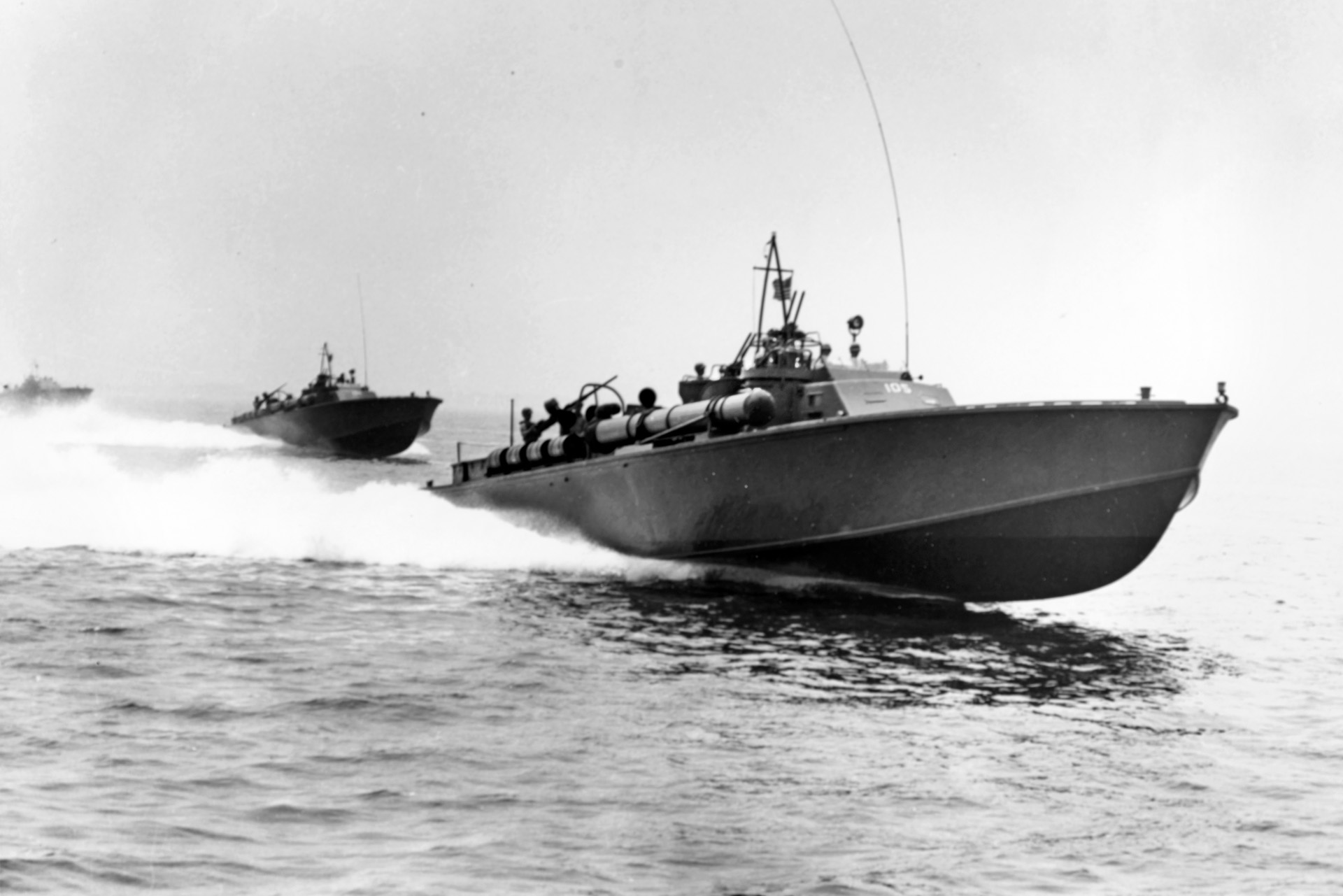
The three boats led by John Searles were the next group to join the action. Searles was riding in PT-59 in the company of Bartholomew Connolly in PT-115 and PT-37 under the command of James Kelly.
The group was moving through the passageway between Cape Esperance and Savo Island during the late evening hours when it was suddenly attacked by float planes. The aircraft made a strafing run and unleashed at least one bomb, but none of the PTs was damaged.
About an hour later, the boats spotted multiple destroyers and were soon in a precarious position. “The three boats found themselves completely trapped by enemy destroyers on three sides of them with the Guadalcanal coast on the other,” said Hugh Robinson. “As many as 12 destroyers were counted encircling them at one time.” The situation had all the makings of a trap, prompting each boat captain to search for a way out.
Bartholomew Connolly in PT-115 singled out one destroyer and fired two torpedoes after closing to about 500 yards. “He is certain that both hit,” Robinson reported. “The ship slowed down abruptly and started to list.”
A second destroyer appeared close on the horizon about 2,000 yards away just as Connolly reversed course to retire. He immediately fired his two remaining torpedoes before reversing course again. The PT boat was now under intense gunfire that seemed to be coming from all directions.
Connolly cut his speed in a calculated gamble to throw off the enemy. The gamble worked. Japanese gunfire soon became inaccurate, presumably due to the gunners losing sight of the PT boat’s wake.
At about the same time an intense rain squall developed in the immediate area. Connolly saw it as an opportunity to get away from the enemy and pointed PT-115 directly towards the storm. The sudden weather change allowed him to slip away from the pressing danger. Connolly later went to Savo Island where he beached the boat on the western coastline.
The other two torpedo boats of the group were also surrounded by the enemy. John Searles in PT-59 used the same rain squall to escape the closing ring of enemy destroyers. He moved north of Savo Island and remained there until dawn. His boat was never in a position to fire torpedoes.
The remaining PT of the patrol group did not survive the trap. James Kelly fired all four torpedoes before turning PT-37 to retire. He then suffered every PT sailor’s nightmare—a direct hit to the fuel tanks. The high-octane aviation gasoline used power the engines exploded in a tremendous blast, reducing the wooden boat to splintered wreckage.
“The brilliant, blinding flash of the explosion lit the whole sky in the vicinity of Cape Esperance,” Robinson later reported. The force of the blast blew MM1c Eldon Jester through the side of the boat. Burned and wounded, he spent about three hours in the water before a passing PT picked him up to become the sole survivor of PT-37.
The two-boat patrol under the command of Clark Faulkner in PT-124 was the last group to join the battle. Faulkner’s boat, along with Ralph Richards in PT-123, were attacked by float planes while traveling to their assigned area three miles south of Savo Island. Both PTs escaped damage.
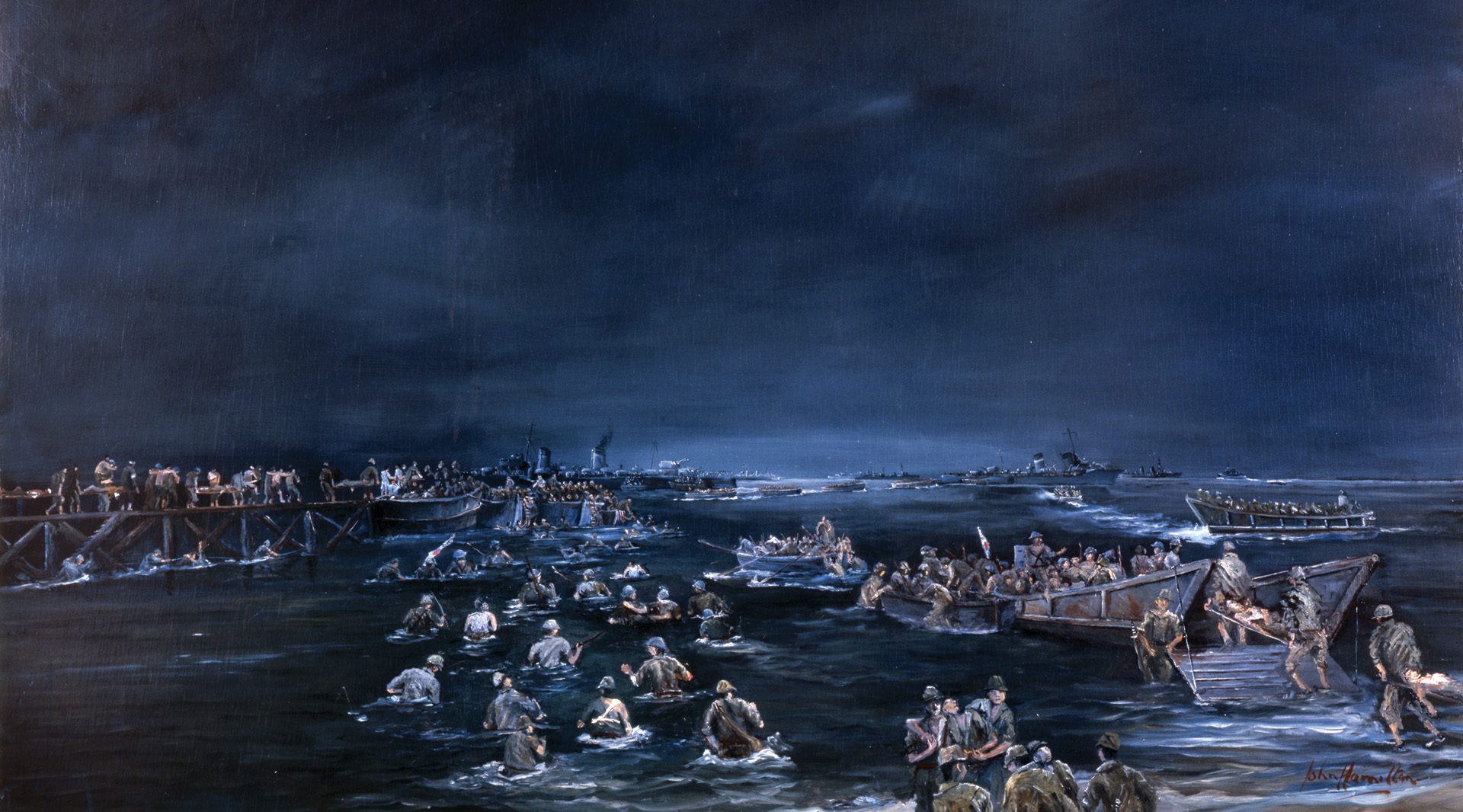
At about 10:49 p.m. Faulkner spotted a destroyer moving through the channel between Savo and Cape Esperance. He took his boat in for an attack, firing three torpedoes at a range of 1,000 yards. “Two torpedoes hit sending up two large columns of fire,” Robinson wrote of the strike. “The ship broke into flame and continued to burn for more than three hours. It is believed that it finally sank.” Faulkner conned his boat back to Tulagi after the attack, but his accompanying boat captain did not fare as well.
PT-123 was directly behind Faulkner’s boat during the torpedo run. Richards was unaware a silent killer was lurking above as he lined up to attack a second destroyer. Before he could fire any torpedoes, a float plane silently glided in from behind. With almost precision aim it dropped a bomb that landed perfectly on the fantail of the PT. Flames sprouted at once and quickly spread across the boat, turning the craft into a burning inferno.
Richards wasted no time in ordering her abandoned, knowing the boat could not be saved from the spreading fire. Once in the water crewmen faced new danger when the plane returned to make a strafing run. The boat never exploded, but slowly settled by the stern before disappearing into the sea. Four crewmen were lost and three sailors seriously injured with a gruesome assortment of shrapnel wounds, burns, and fractures.
The two remaining patrol groups did not fire any torpedoes during the battle. The boats stayed in Iron Bottom Sound to search for survivors once daylight arrived. Robert Searles in PT-47 and Stilly Taylor in PT-39 diligently patrolled southeast of Savo Island, but never found the Japanese.
The next morning Taylor recovered three Japanese landing scows with outboard motors attached. It appeared the small boats were abandoned in haste as each contained an assortment of rifles, knapsacks, and the personal effects of Japanese soldiers. The remaining two torpedo boats, PT-36 and PT-109, were stationed further east and played no significant role in the battle.
The plan for the American destroyers to join the battle never materialized, as Briscoe’s warships were unable to close on the enemy and Japanese planes held the larger vessels at bay throughout the evacuation operation.
The destroyers were northwest of Cape Esperance when aircraft first appeared on their SG radar screens. “They passed astern and broke up into three groups of at least two planes each,” Briscoe reported. “One group immediately made an approach from the port quarter.”
The warships increased speed and began evasive maneuvers while opening fire with main battery guns and smaller automatic weapons. “Shortly thereafter, at intervals of 10 or 15 minutes, successive approaches were made from the stern and quarters of the formation,” Briscoe continued. One plane was shot down during an initial approach. “Thereafter the attacks turned off at a greater range when fire was opened. No bombs were observed to be dropped in any of these attacks.”
The maneuvers and evasive tactics put the destroyers well out of position. The force was soon about 15 miles south of the Russell Islands—too far away to interfere or join the fast-developing battle. The enemy planes eventually withdrew from the immediate area staying a safe distance from the destroyers, but apparently keeping a watchful eye on the American warships.
Briscoe thought the planes were circling over the Russell Islands: “The Express had then just arrived off Esperance and an effort was made to return to an attacking position, first trying an approach in as close to the Guadalcanal shore as outlying reefs would permit.”
Japanese planes immediately moved in from the starboard side to attack and were driven back by several salvoes of gunfire. The ships, however, were forced to change course to the west. Briscoe soon realized “any attempt to approach an attacking position undetected was definitely now out of the question.” The planes withdrew only after it was reported the Japanese destroyers were retiring from the immediate area.
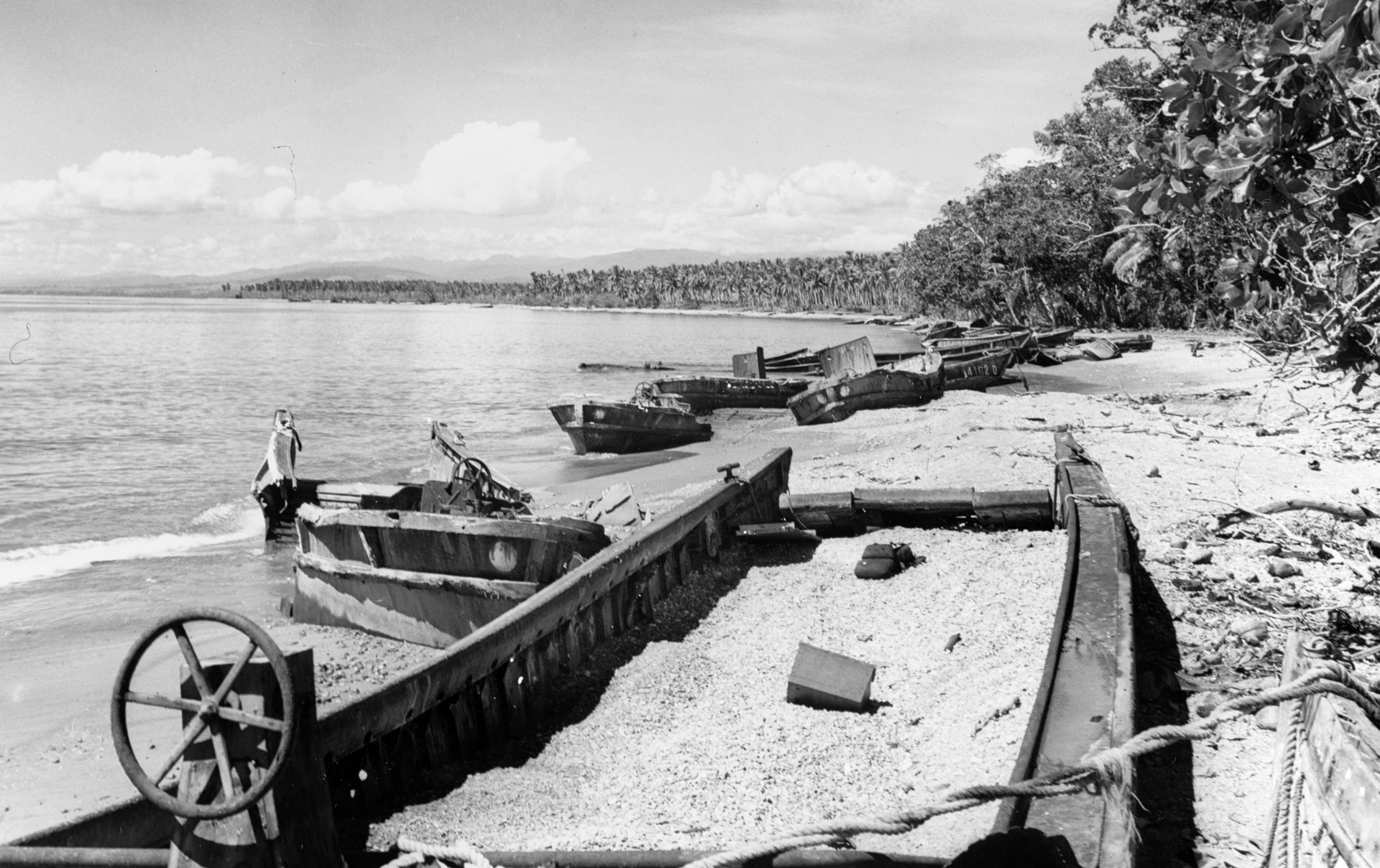
Briscoe eventually reached the Guadalcanal coast after the battle. He reported his destroyers “arrived off Esperance at daylight and assisted in picking up survivors of the PT boats, searching in the area until it appeared that all had been rescued.” The ships then retired to Tulagi for fuel.
Operation KE Wrap-up
It was still unknown to the Americans, even after the first successful Japanese evacuation mission, that the enemy was leaving Guadalcanal. Advancing American ground forces moving west captured an abandoned base near Tassafaronga revealing a large radio station, machine shop, and 10 artillery pieces.
A large number of barges near Cape Esperance and the Russell Islands still gave the impression of a reinforcement operation in progress. A cautious Admiral Halsey edged his larger naval forces closer to Guadalcanal as a precaution.
Japanese airmen noted the increase in naval activity in the general vicinity of the island, but poor weather conditions and distance prevented a successful attack. A second evacuation run was ordered. Twenty Japanese destroyers departed Shortland at 11:30 a.m. on February 4 to run the gauntlet down the Slot bound for two pick-up points.
Twenty-nine Zero fighters were escorting the flotilla during the midafternoon when 74 American planes attacked. No warships were sunk during the ensuing battle, but two destroyers were withdrawn from the operation. The engine room of Maikaze flooded as a result of a bomb near-miss. She was towed back to Shortland by Nagatsuki. Two other destroyers suffered minor damage. Eleven American planes were lost in the operation.
The Tokyo Express arrived off Guadalcanal in clear moonless conditions. Seven Japanese bombers harassed Henderson Field, while a similar number of float planes scoured the seas around Cape Esperance for PT boats. The Japanese warships, however, were alone. Captain Briscoe’s destroyers had already departed in the area.
The PT boats, mauled during the first evacuation run, did not venture out. The Japanese warships began the return voyage without incident after about two hours of loading passengers.
The discovery by an American patrol boat of about 30 abandoned barges off Cape Esperance on the morning of February 5 revealed the presence of a Tokyo Express run the night before. The finding did little to convince commanders the Japanese were leaving Guadalcanal. A flight of planes hurried up the Slot to search for the fleeing enemy, far too late for any contact.
American commanders still did not know the true nature of the enemy operation. Two Tokyo Express runs—apparently to deliver reinforcements—in the span of less than a week, coupled with aerial patrols reporting six large Japanese warships and a dozen destroyers just north of the Solomons, continued to support the notion an offensive operation was underway.
Aside from the sick and wounded Japanese soldiers who were unable to make the journey to the debarkation points, only about 2,000 men functioning as a rear guard remained on Guadalcanal.
Senior Japanese army and navy commanders for the region met on the night of February 6 to determine a course of action. Some expressed doubts over attempting a third evacuation mission amid reports of strong American naval units, including aircraft carriers, in the waters south of Guadalcanal. They decided to proceed with the operation with some added cautions.
When Rear Adm. Hashimoto departed Shortland bound for the Slot with 18 destroyers the next day, four cruisers moved into position about 550 miles north to be able to support the operation if necessary on short notice, and submarines scouted the area south of Guadalcanal on the lookout for big American warships.
American search planes quickly took notice. Bad weather partially obscured Hashimoto’s force. One group of American bombers was able to attack while fighters tangled with the Zero escorts.
The destroyer Isokaze, a veteran of the two previous evacuation missions, suffered moderate damage with 10 sailors killed from two bomb near-misses forward. She headed back to port with assistance from Kawakaze. The remaining warships pressed forward and would not be hindered for the remainder of the operation.
Some vessels diverted to pick up soldiers on the Russells—the location of a small auxiliary base set up for use during the evacuation—while the remaining warships proceeded to the main pick-up point on Guadalcanal. A flurry of small boats rushed out to meet the destroyers of the latter group. The work was completed by 1:30 a.m. and the destroyers were soon speeding north at a 30-knot clip.
American ground forces on Guadalcanal continued to advance towards Cape Esperance during the first week of February against decreasing Japanese resistance. The coastal area on the northwest end of the island was found to be littered with small boats and debris. It was suddenly clear to the Americans that the last Tokyo Express missions were not delivering reinforcements, but taking soldiers off the embattled island. The fight for Guadalcanal was over.
Various accounts differ as to the number of Japanese soldiers evacuated. The most reliable figure, derived from an exhaustive Japanese Army investigation completed in the weeks after the event, placed the total at 10,625.
The operation was an amazingly successful exploit, one historians have struggled to explain. The Japanese strained to deliver troops to the embattled island during critical parts of the campaign, but at the end of the fight were able to successfully extract much of their garrison without significant American hindrance. The destroyers of the third evacuation run sailing up the Slot marked a true ending.
The once-vaunted Tokyo Express had made its last voyage to Guadalcanal. A surface warship flying the flag of the Imperial Japanese Navy would never again sail the waters of Iron Bottom Sound.
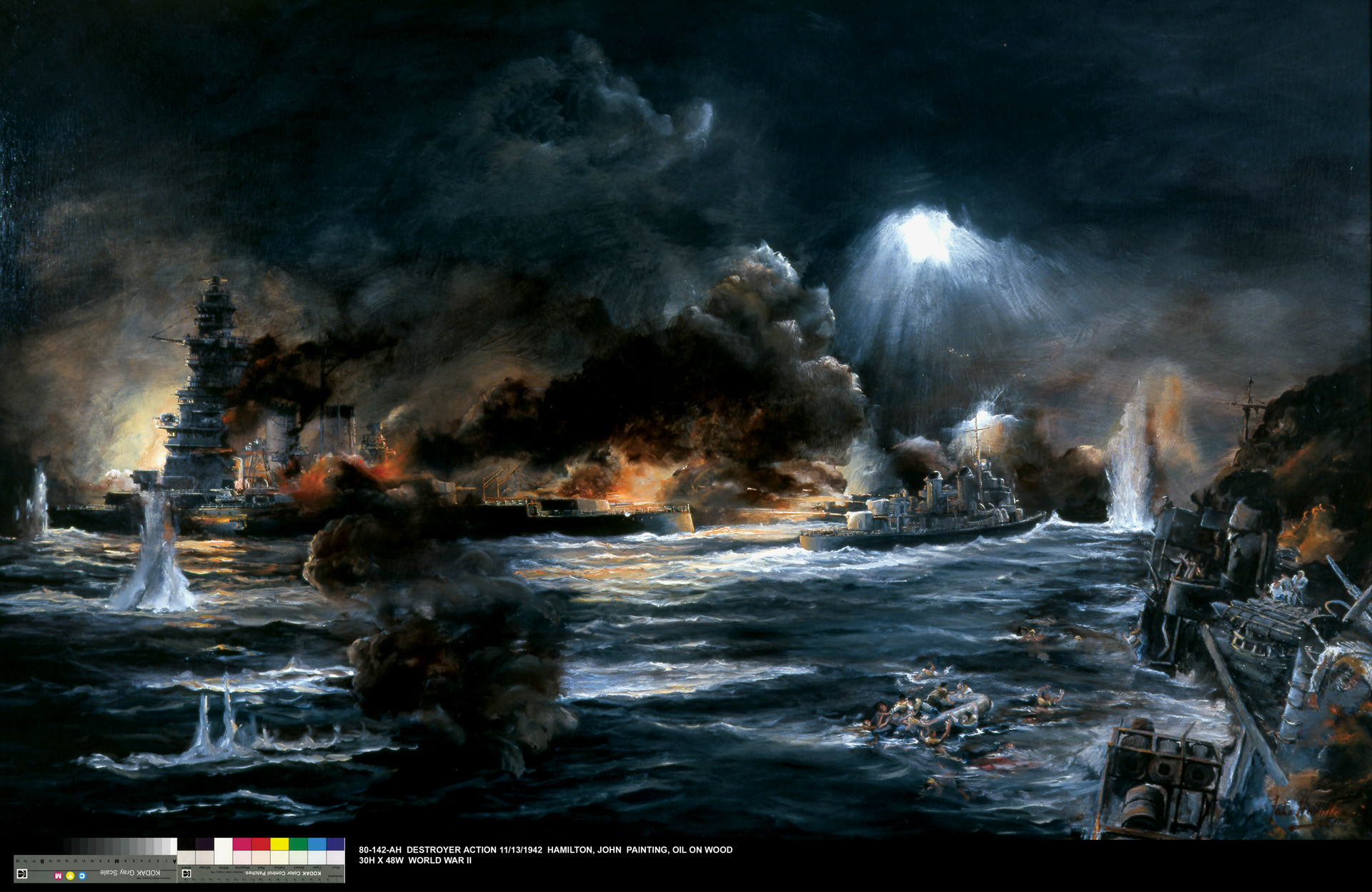
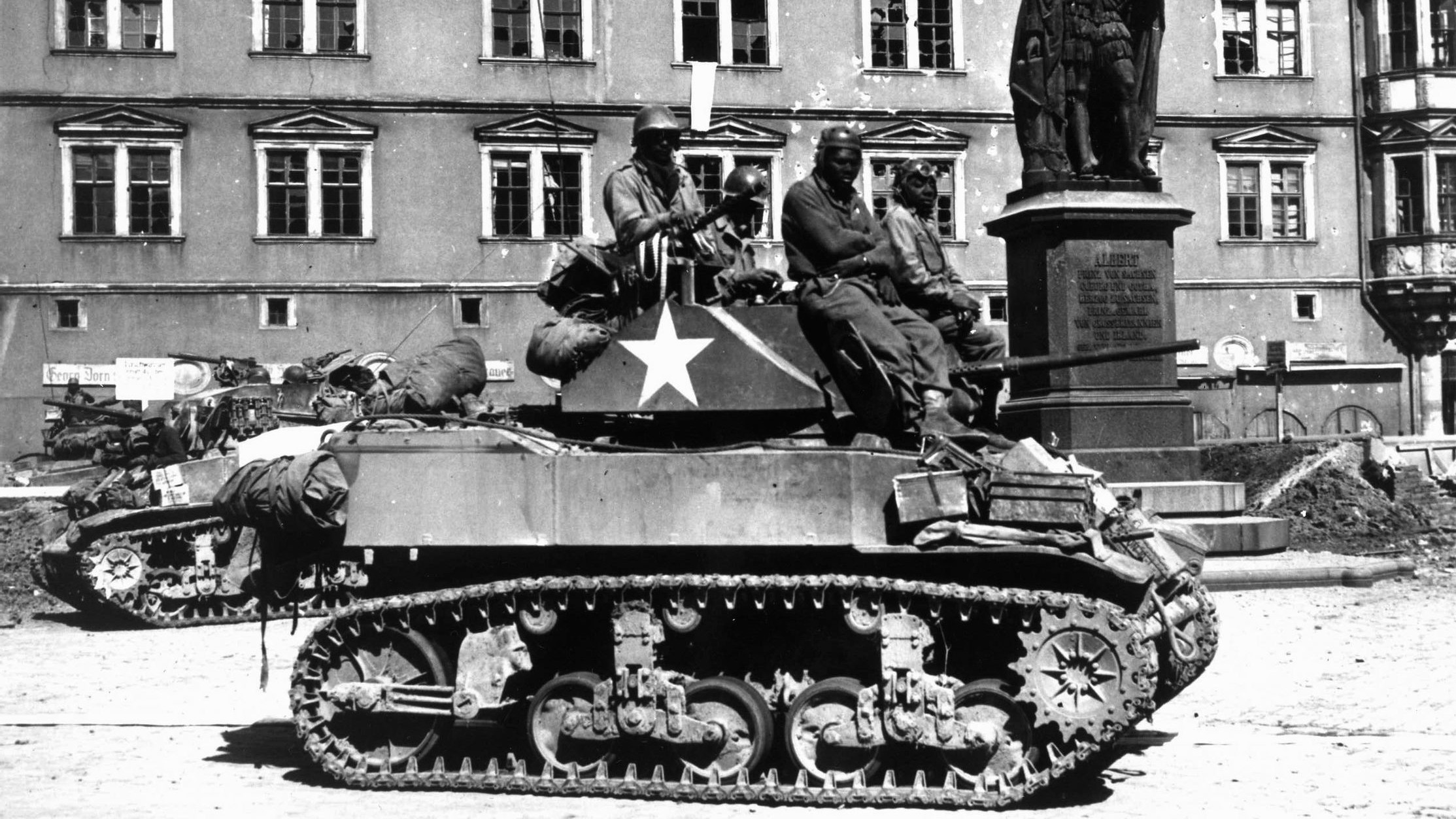
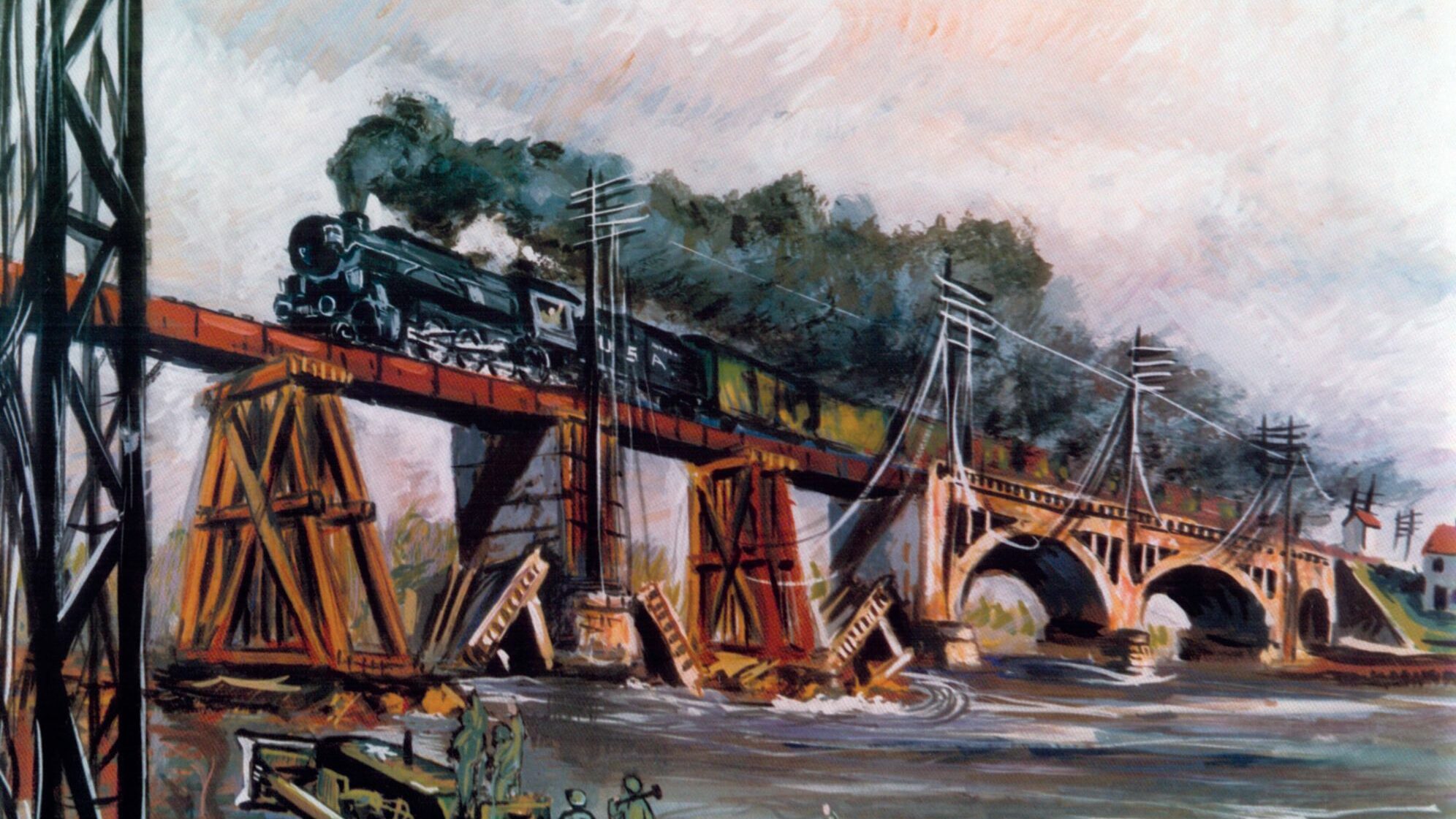
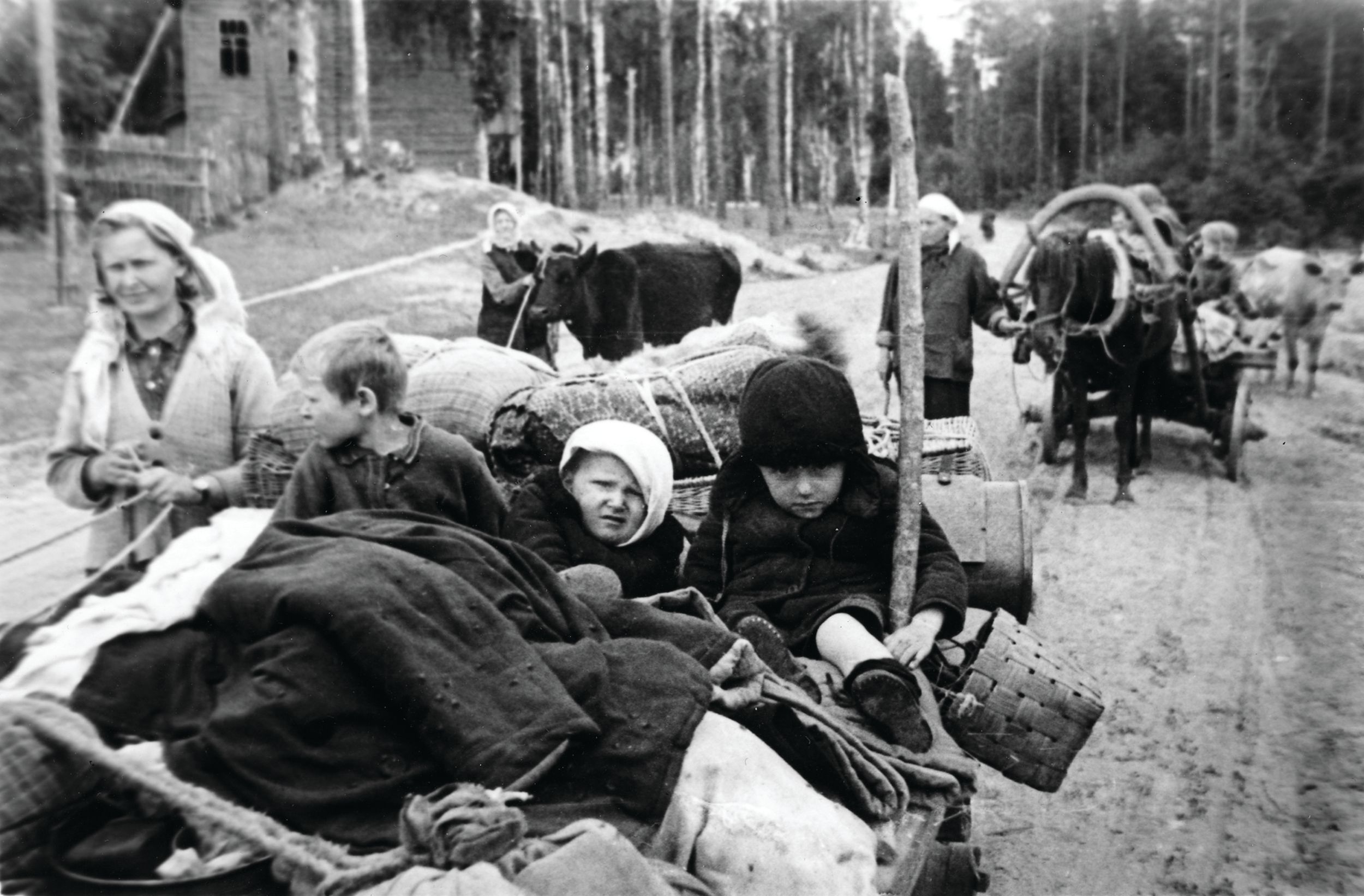
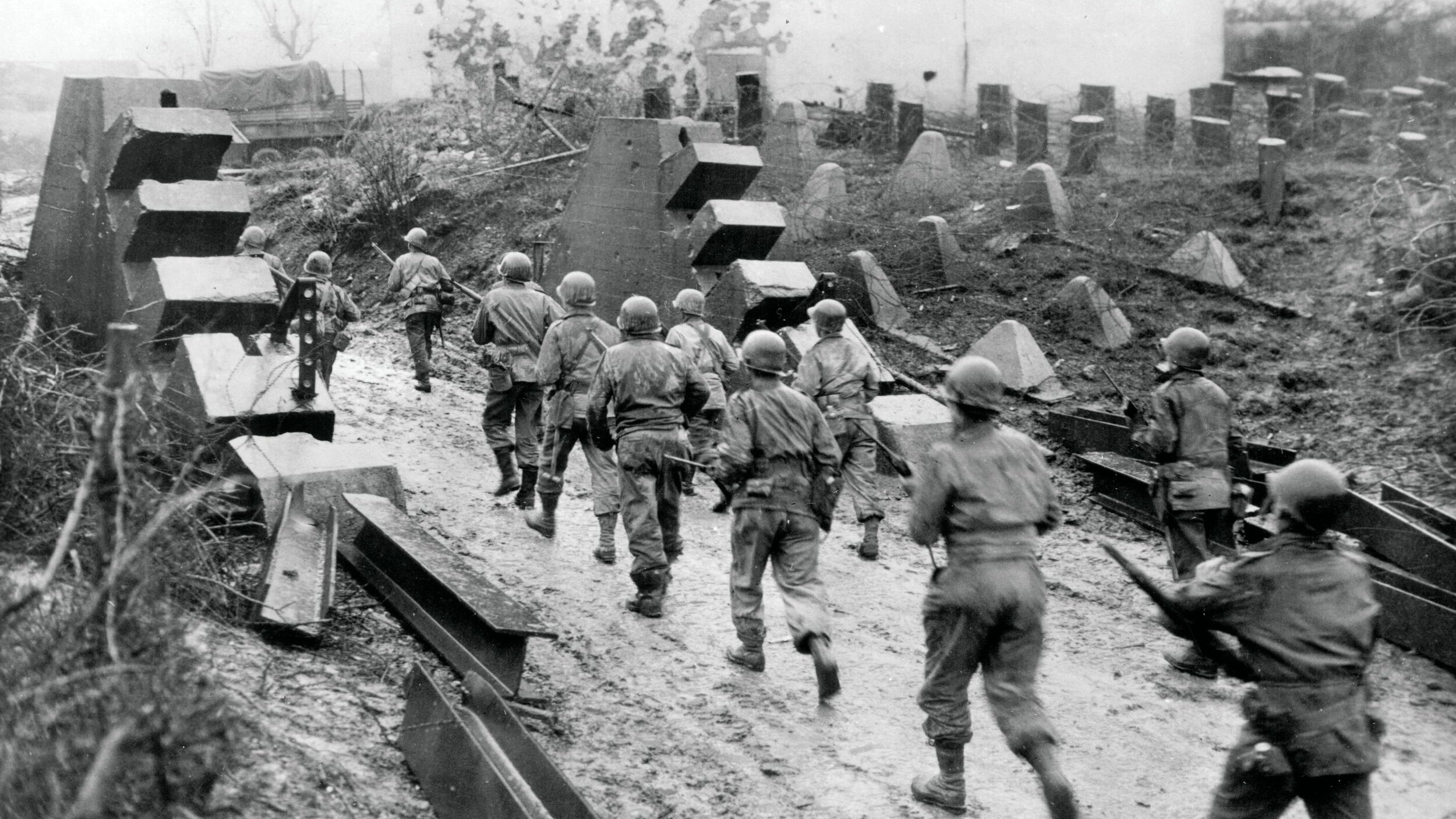
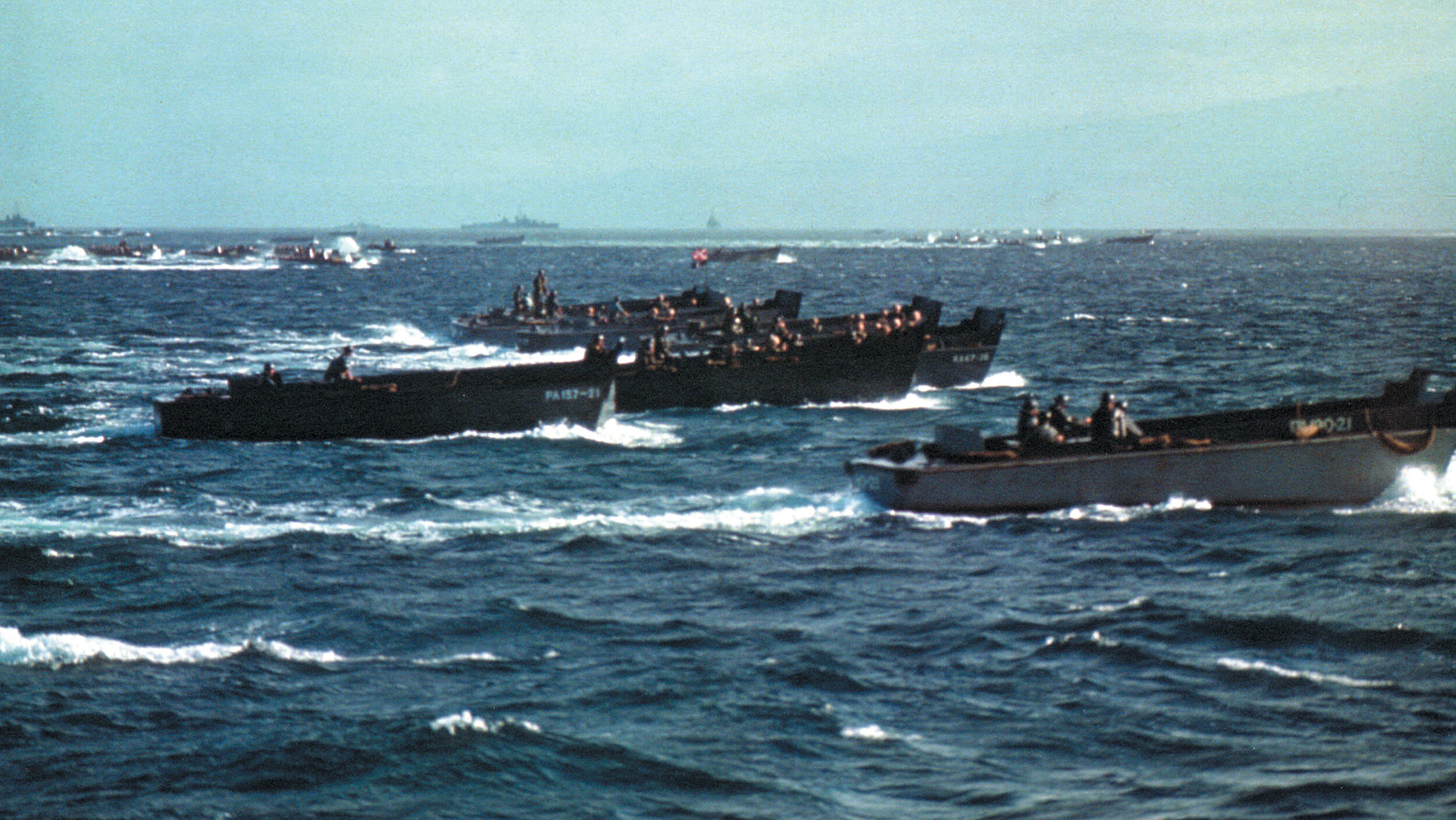

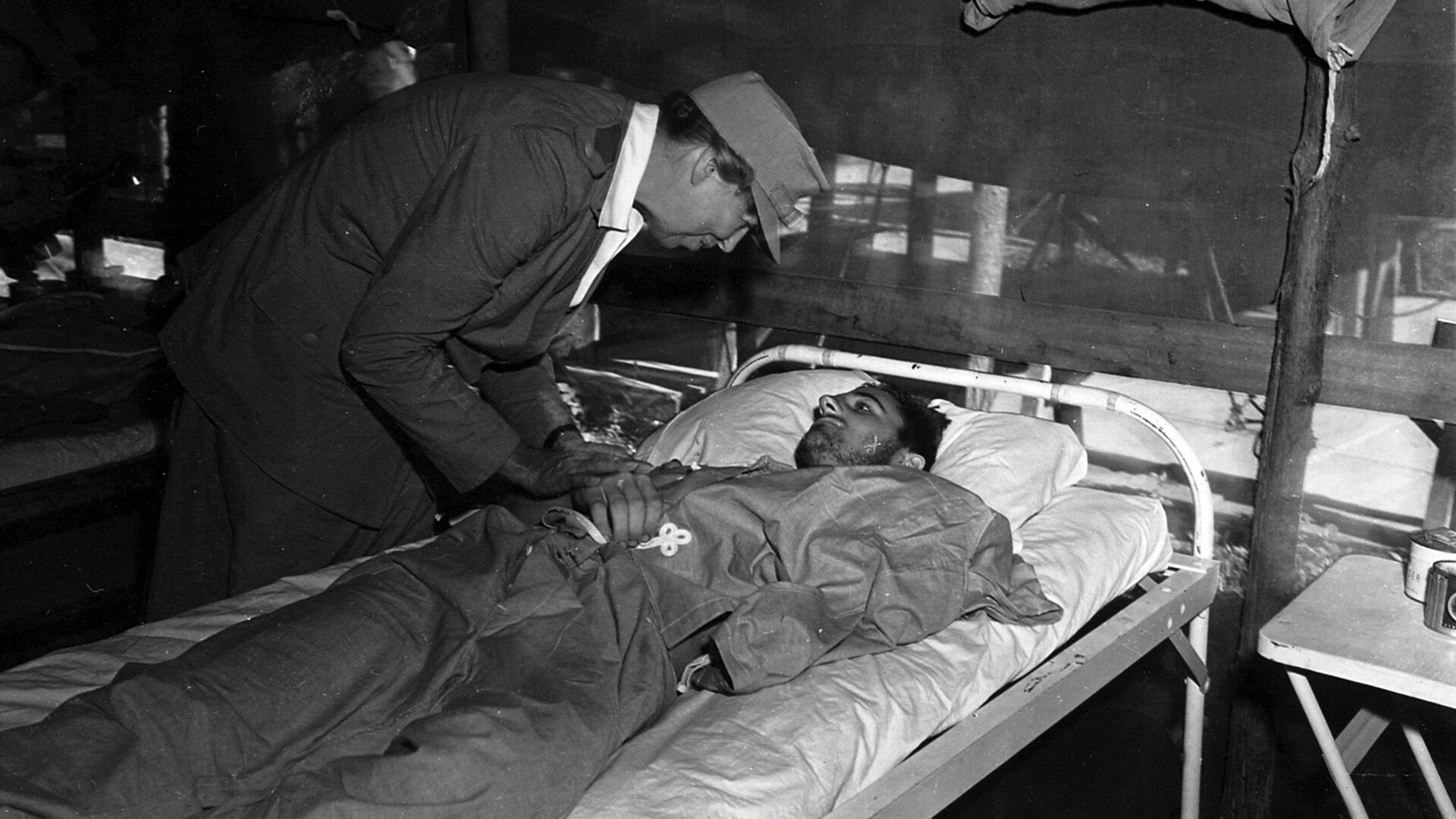
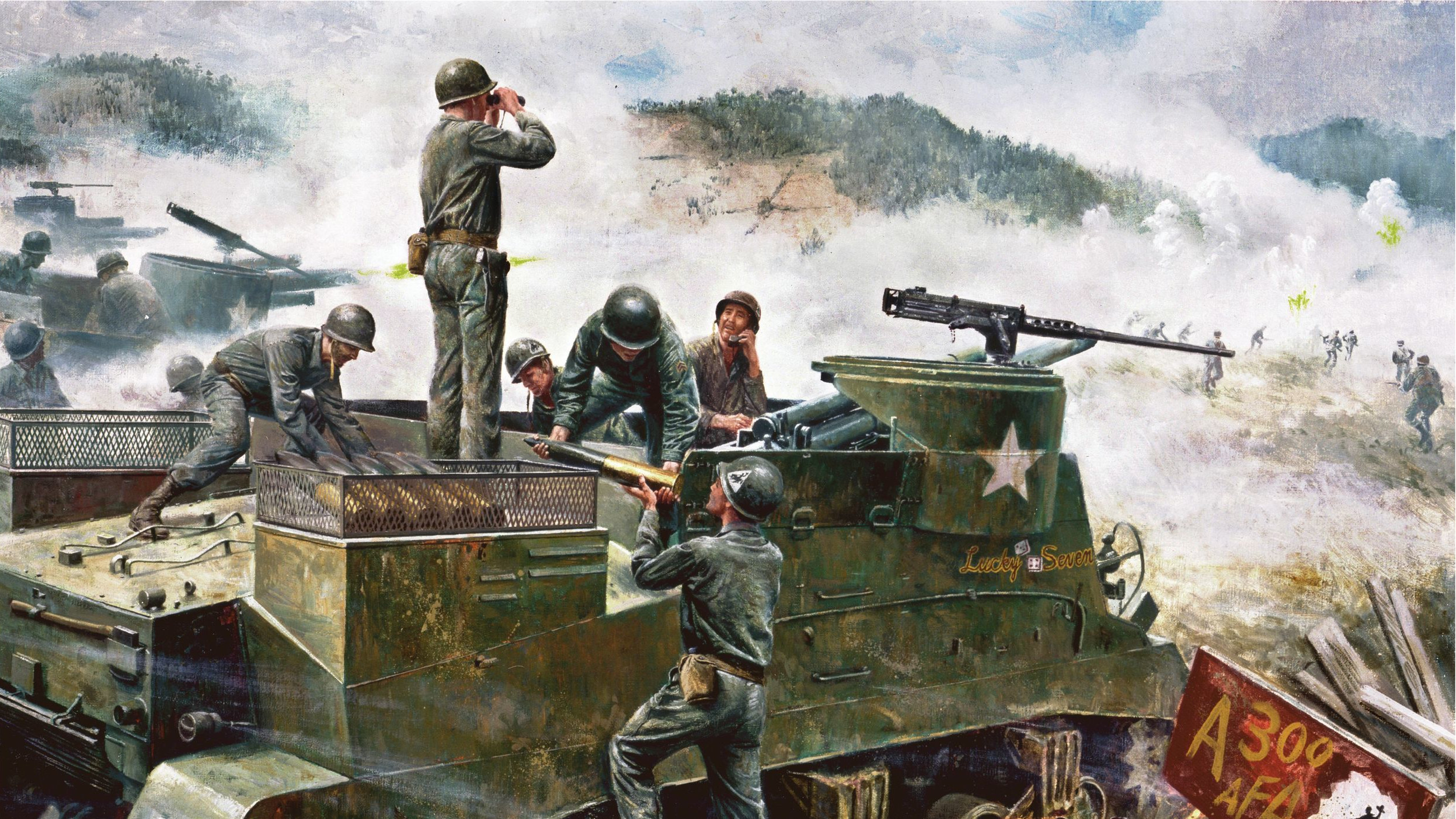
Join The Conversation
Comments
View All Comments